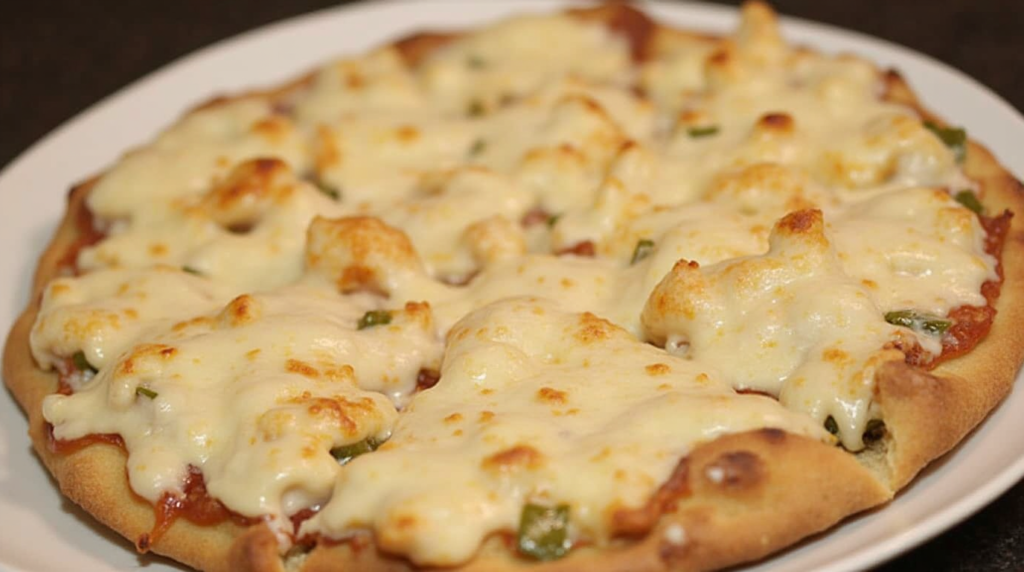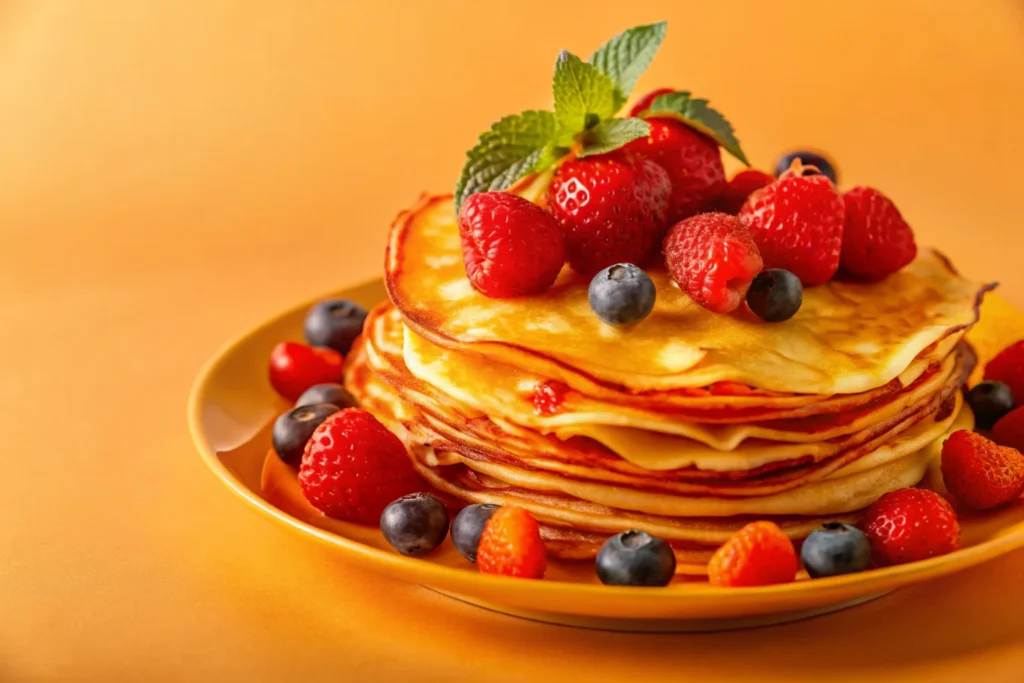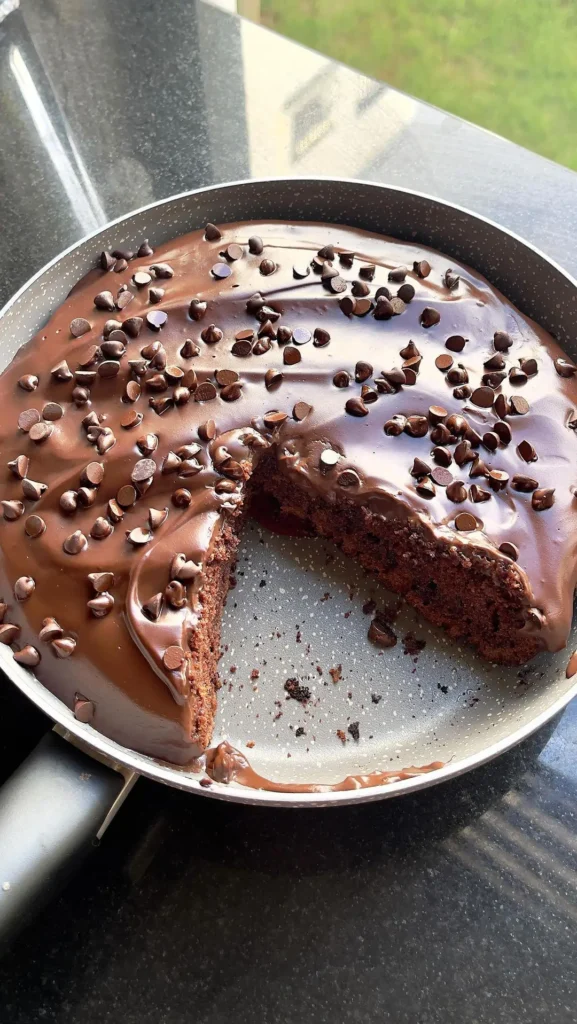Pizza is universally beloved, but its traditional dough can be a stumbling block for those watching their carbohydrate intake. Enter the chicken pizza crust—a game-changer in the culinary world of low-carb alternatives. Unlike cauliflower or almond flour crusts, this unique creation combines protein-packed chicken with simplicity, delivering a sturdy yet delicious base for any topping you can dream up.
Table of Contents

Ingredients You’ll Need
Highlighting the Core Ingredients
The foundation of this recipe lies in a few key items: ground chicken (or shredded, if preferred), shredded mozzarella cheese, and an egg. These ingredients work together to create a cohesive and flavorful crust.
Optional Add-Ons for a Flavorful Twist
For those looking to elevate the taste, consider mixing in garlic powder, Italian seasoning, or a pinch of chili flakes. Freshly grated Parmesan cheese can also enhance the richness of the crust.
Preparing the Chicken Base
Using Ground Chicken vs. Shredded Chicken
Ground chicken creates a smoother texture and binds more uniformly, while shredded chicken offers a slightly chunkier, rustic feel. The choice depends on personal preference and availability.
Seasoning for Maximum Taste
Season the chicken generously with salt, pepper, and your choice of spices. This step ensures the crust is flavorful enough to stand on its own.
Crafting the Crust Mixture
Binding Agents: Cheese and Eggs
Cheese acts as both a binder and flavor enhancer, while the egg ensures the mixture holds its shape. Balancing these components is critical for a crust that doesn’t fall apart.
Achieving the Perfect Consistency
The mixture should be pliable yet firm enough to hold together when pressed. If it feels too wet, add a small amount of grated Parmesan or a low-carb breadcrumb alternative.
Shaping the Crust
Spreading for Uniform Thickness
Line a baking sheet with parchment paper, then spread the chicken mixture evenly, aiming for a thickness of about 1/4 inch. An even crust ensures consistent cooking.
Tricks to Prevent Sticking
Lightly oil your hands or use a silicone spatula to shape the crust without mess. This small step makes handling much easier.
Pre-Baking the Crust
Why Par-Baking Is Crucial
Par-baking solidifies the crust, preventing it from becoming soggy when toppings are added. It also begins to develop the golden, crispy edges that make this crust irresistible.
Ideal Time and Temperature
Bake at 400°F (200°C) for 12–15 minutes, or until the crust is firm and slightly browned.
Topping Choices
Classic Toppings That Pair Perfectly
Traditional options like marinara sauce, pepperoni, and mozzarella never fail to impress. A sprinkle of fresh basil adds a fragrant touch.
Creative Combinations for Adventurous Eaters
Experiment with toppings such as barbecue sauce with grilled chicken, caramelized onions, or even a Mediterranean-inspired mix of feta, olives, and sun-dried tomatoes.
Baking the Pizza to Perfection
Monitoring Crispness and Doneness
Once topped, bake the pizza for another 10–12 minutes at 400°F. Watch for bubbling cheese and a slightly crisp crust as indicators that it’s ready.
Signs Your Pizza Is Ready
A golden crust with evenly melted toppings is your cue to remove it from the oven. Avoid overcooking, as this can dry out the chicken base.
Serving Suggestions
Accompaniments to Elevate the Meal
Serve alongside a crisp green salad with a tangy vinaigrette or roasted vegetables for a complete meal.
Wine and Beverage Pairings
Pair your chicken crust pizza with a light white wine like Sauvignon Blanc or a refreshing sparkling water infused with citrus.
Tips for Storage and Reheating
Maintaining Freshness for Leftovers
Store any leftovers in an airtight container in the refrigerator for up to three days.
Reheating Techniques Without Losing Texture
Reheat in an oven or air fryer to maintain the crispness. Microwaving, while quicker, may lead to a softer crust.
Conclusion
The chicken pizza crust isn’t just a recipe; it’s a revelation. Offering a low-carb, high-protein alternative, it proves that dietary restrictions don’t mean sacrificing flavor. Whether you stick to classic toppings or venture into the avant-garde, this versatile base invites creativity and indulgence in equal measure. So, roll up your sleeves and get ready to redefine your pizza nights.



